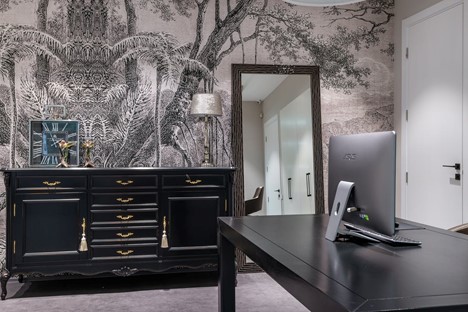Who doesn’t love fine antique furniture? Skilfully crafted by the best in the business at that era, antique furniture stands the test of time and many homeowners like to feature a few statement pieces in their home. Like most things of value, antiques do require maintenance and occasionally repair and, in this article, we take a look at refinishing, offering you a few do’s and don’ts.
 |
| on'ts When Refinishing Antiques [image: freepik] |
♦ Do Some Online Research - The Internet hosts a wealth of valuable information about antiques, specifically repair and restoration techniques; prior to attempting any project, make absolutely sure that: (a) you know what needs to be done, and (b) you have both the tools and the know-how to complete the work. YouTube hosts many tuition videos on antique restoration that you can watch at your leisure, plus you can join a few online antique restoration forums, where your questions will be answered by the experts.
♦ Don’t Rush - You won’t need reminding that an antique item is very valuable and if you are going to carry out repairs/restoration, take your time and plan the project. List the materials and tools you will need and prepare a suitable working space, making sure you are in a dust-free environment.
♦ Do Seek Professional Guidance - Unless you happen to be an antique restoration specialist, you should tread very carefully when working on any antique piece. Whether you want to know how much are antique mirrors worth or you would like a second opinion about your restoration plan, the antique dealer is the person to consult.
♦ Do Keep The Workplace Clean - If you’re one of those people who likes to charge in on a project, restoring antiques has little to no room for error and you need to keep the work area clean and free from obstacles. Knocking over a pot of thinner or varnish would be disastrous, so do take care when working with dangerous materials.
♦ Don’t Use Harmful Substances - Some cleaning solutions and paint strippers are not suitable for use on antique items. If unsure, check online where you are certain to find the information you need. If, for example, you plan to refinish a Victorian chest of drawers, ask an expert about substances to avoid, depending on the type of timber used.
While most homeowners are not comfortable working on valuable antiques, as long as you know what needs to be done and you have the tools and materials needed, you can certainly save some money by going down the DIY road.
 |
| [image: pexels] |

No comments:
Post a Comment
Please Leave a Comment to show some Love ~ Thanks